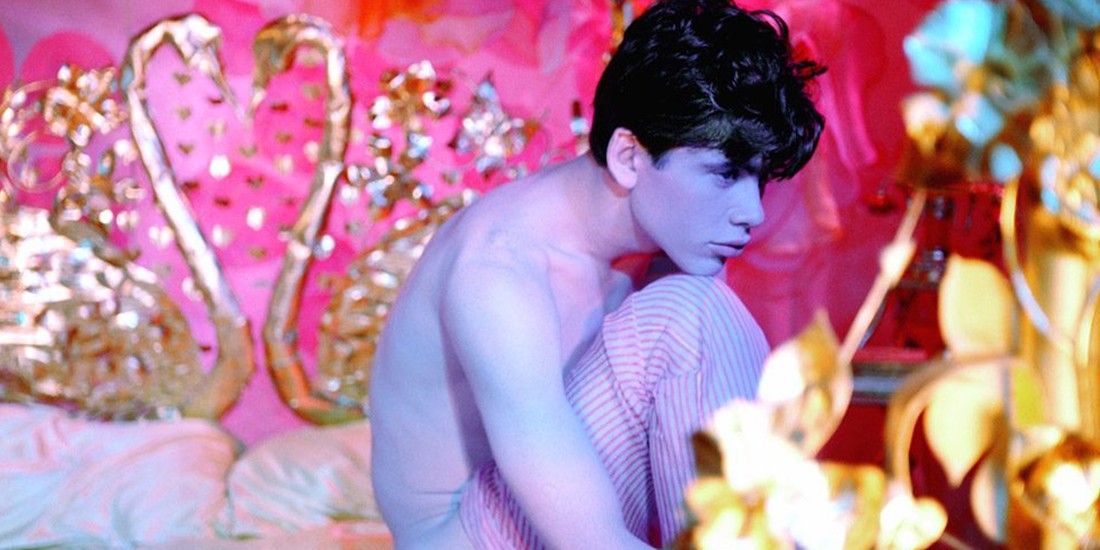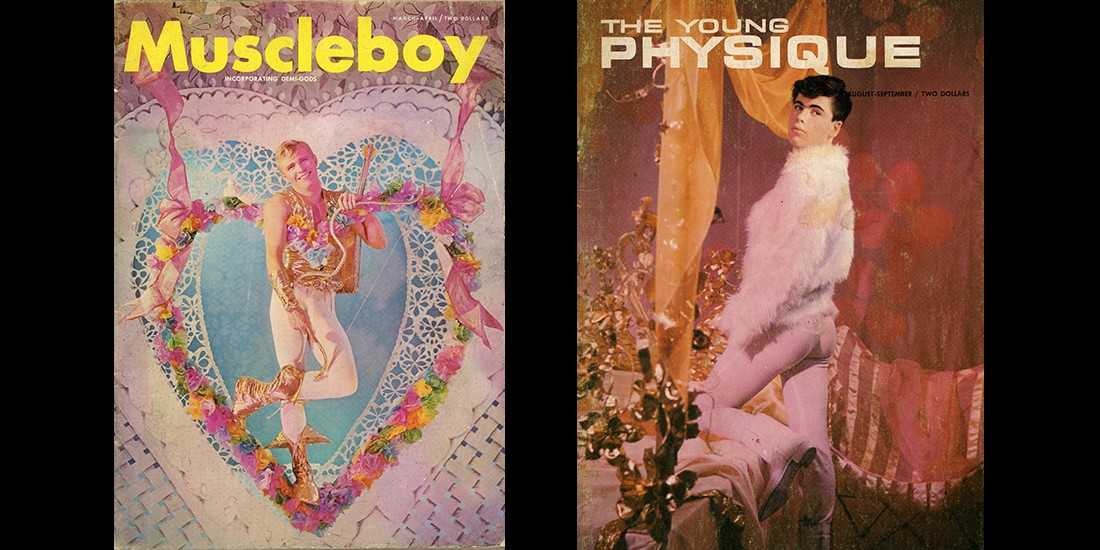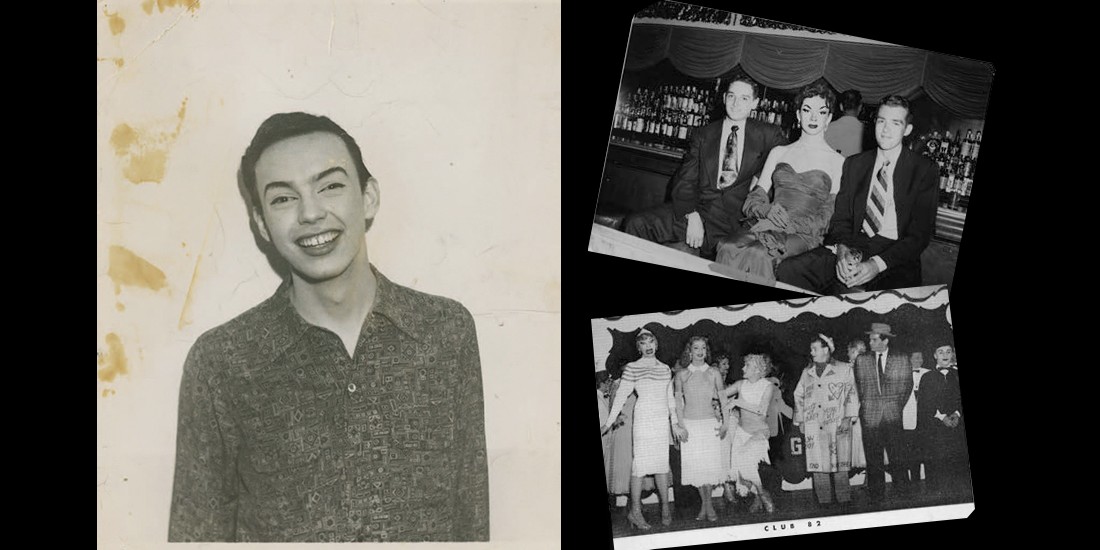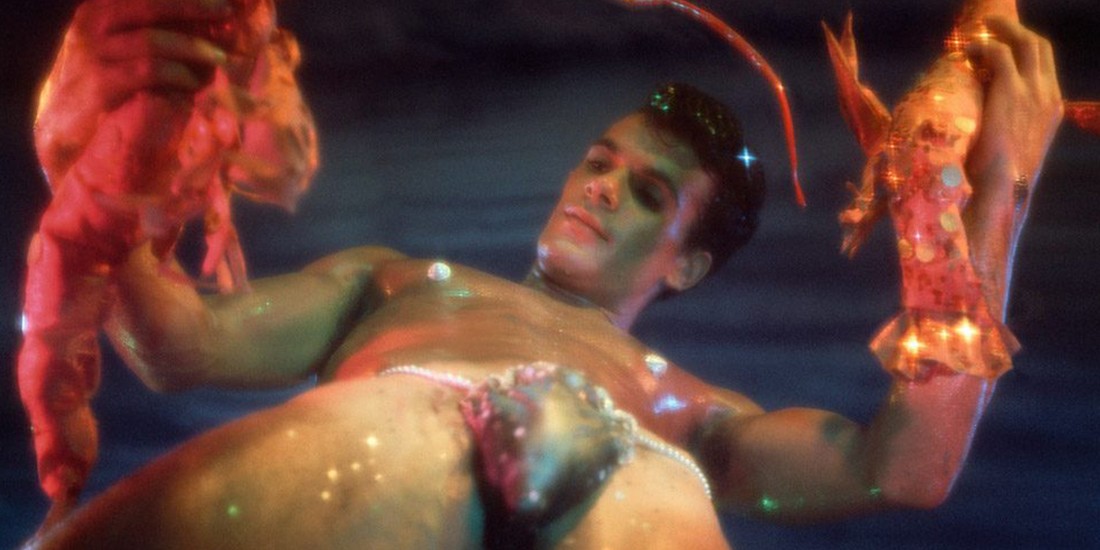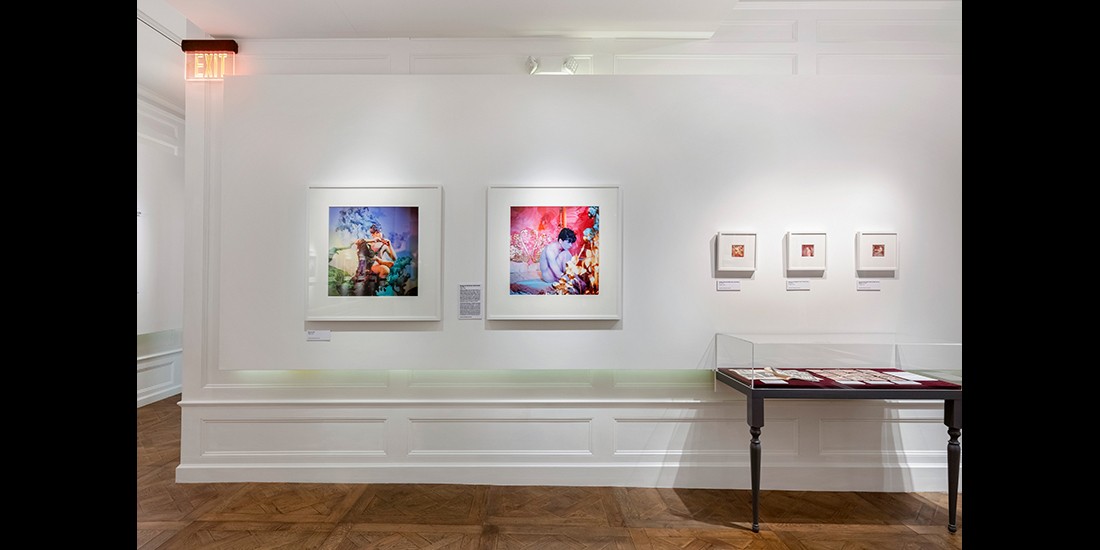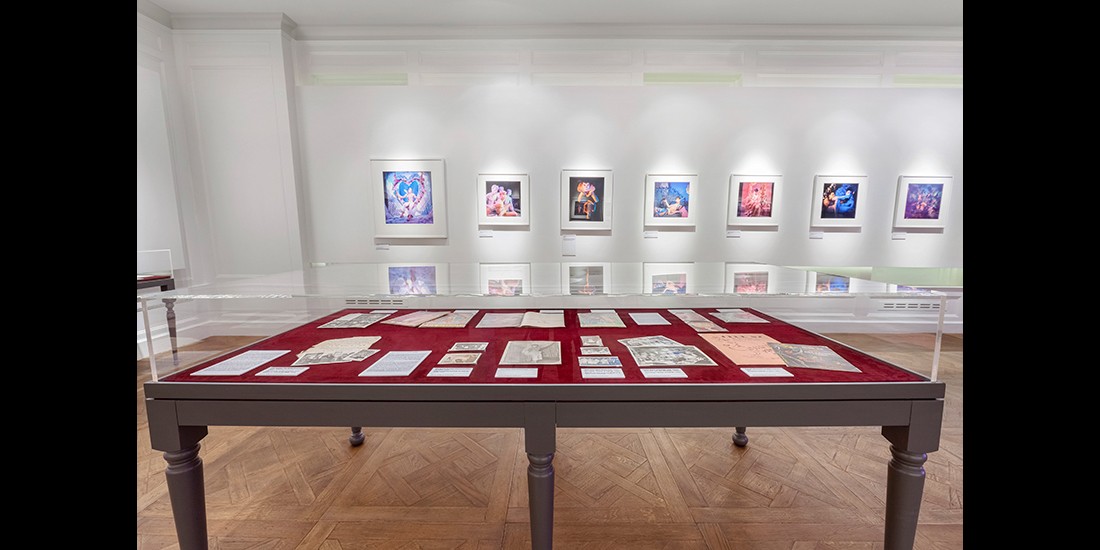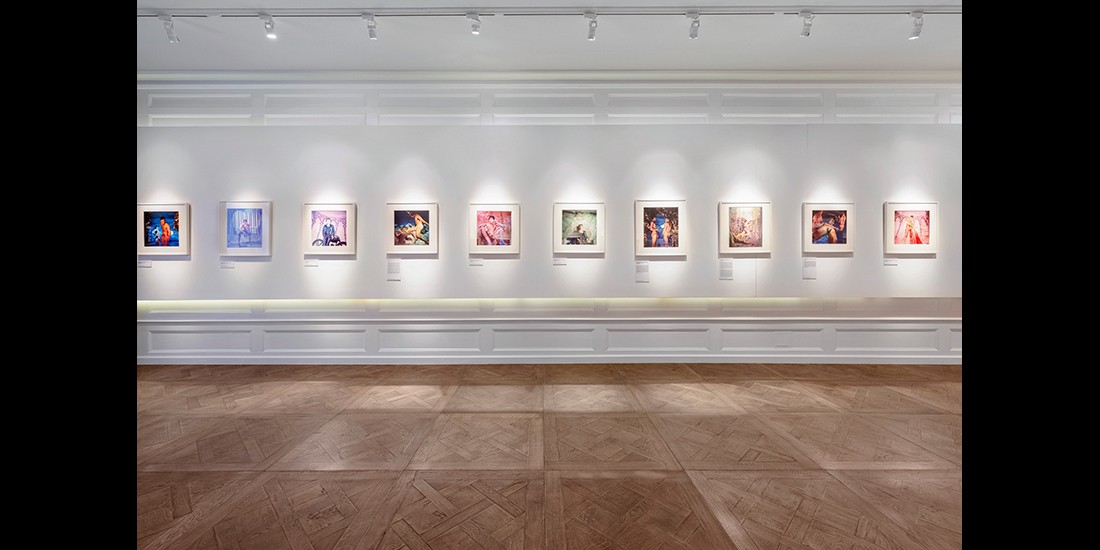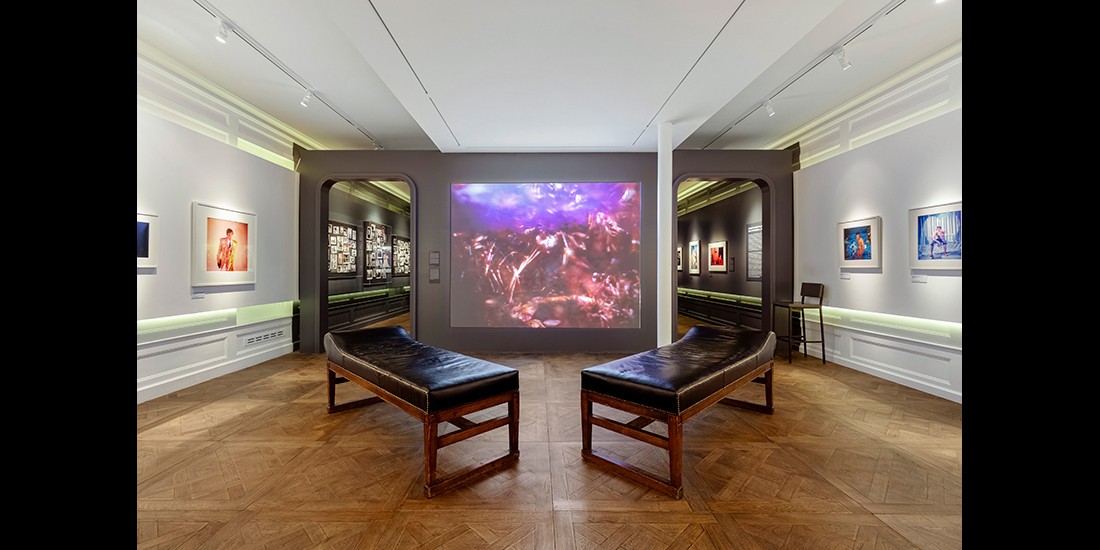James Bidgood was born in Madison, Wisconsin in 1933, at the height of the Depression. From the time of his arrival in New York at 18 years old, he immersed himself in the underground worlds of drag, hustling, and pornography. In the 1950s, Bidgood was a drag queen and set and lighting designer at the legendary New York nightclub Club 82. He attended Parsons School of Design, and went on to design elaborate costumes for society balls, among other jobs that would come to inform his art. In the 1960s, he turned his attention to “physique photography,” the highly-coded gay pornography of the time, where he found creative freedom, an eager audience, and his own groundbreaking artistic voice. Bidgood was proudly and uncompromisingly “out” during a pre-Stonewall moment when rapid social change around gender roles and sexuality coexisted with widespread hostility and discrimination against homosexuality. His work stands as a crucial link in the history of queer art and cinema, as historically important as it is visually ravishing.
Bidgood’s photography came at a unique moment in the history of pornography, as a series of court cases slowly relaxed government censorship. It remained illegal to show full-frontal nudity, and publications like Muscleboy and The Young Physique used the guise of health and fitness as a pretext for erotic photography of men. This world of double meaning and symbolism fit Bidgood’s sensibility perfectly. Inspired by the pulp aesthetic of girlie shows and magazines and the glamorous spectacle of Broadway and Hollywood revues, Bidgood cast young men in place of clean-cut Hollywood starlets, making them every bit as glamorous and elevated, and staging extravaganzas fit for Esther Williams in his apartment.
Extraordinarily, almost the entirety of Bidgood’s work was shot in his tiny Hell’s Kitchen tenement. Bidgood literally lived in his sets, and used colored lighting, homemade props, and a variety of clever illusions—from the ingenious use of forced perspective to complex, Rube Goldberg like mechanisms that operated moving sets, fans, or lights—to create impressionistic wonderlands. The culmination of this work was Pink Narcissus, a dreamily erotic feature-length film depicting the allegorical fantasies of a gay prostitute, and shot almost entirely in the same apartment. Upon its release in 1971, Pink Narcissus was an immediate underground hit, but due to creative disagreements between Bidgood and the film’s producer, Bidgood took his name off the credits, and the film was released anonymously. While rumors flew that the film had been made by a major, presumably closeted Hollywood celebrity, Bidgood remained in obscurity.
Since his rediscovery in the 1990s, Bidgood’s work, made for the worlds of mail-order pornography and midnight cinema, has been exhibited in such prestigious venues as The National Portrait Gallery, The Brooklyn Museum, and the Musée d’Orsay, and is included in vaunted collections such as the Tate Modern, London and Museum of Fine Arts, Houston. Alongside Bidgood’s remarkable photographs, this exhibition brings together a variety of ephemera from his extraordinary life, from vintage physique magazines, showing the original context of the work, to vintage photos from Bidgood’s time as drag queen Terry Howe at Club 82—all evidence of an extraordinary, productive, and utterly uncompromising life.
Curator
Lissa Rivera
Exhibition Text
BJ Lillis
Director of Exhibitions
Jen Watson
Artistic Director
Serge Becker
Curatorial Assistant
Inês Teles Carvalhal
Registrar
Heather Ayers
Design
Joey Agostinacchio
Production
Cletis Chatterton
Lenders
ClampArt, New York
Kelly McKaig
James Bidgood
